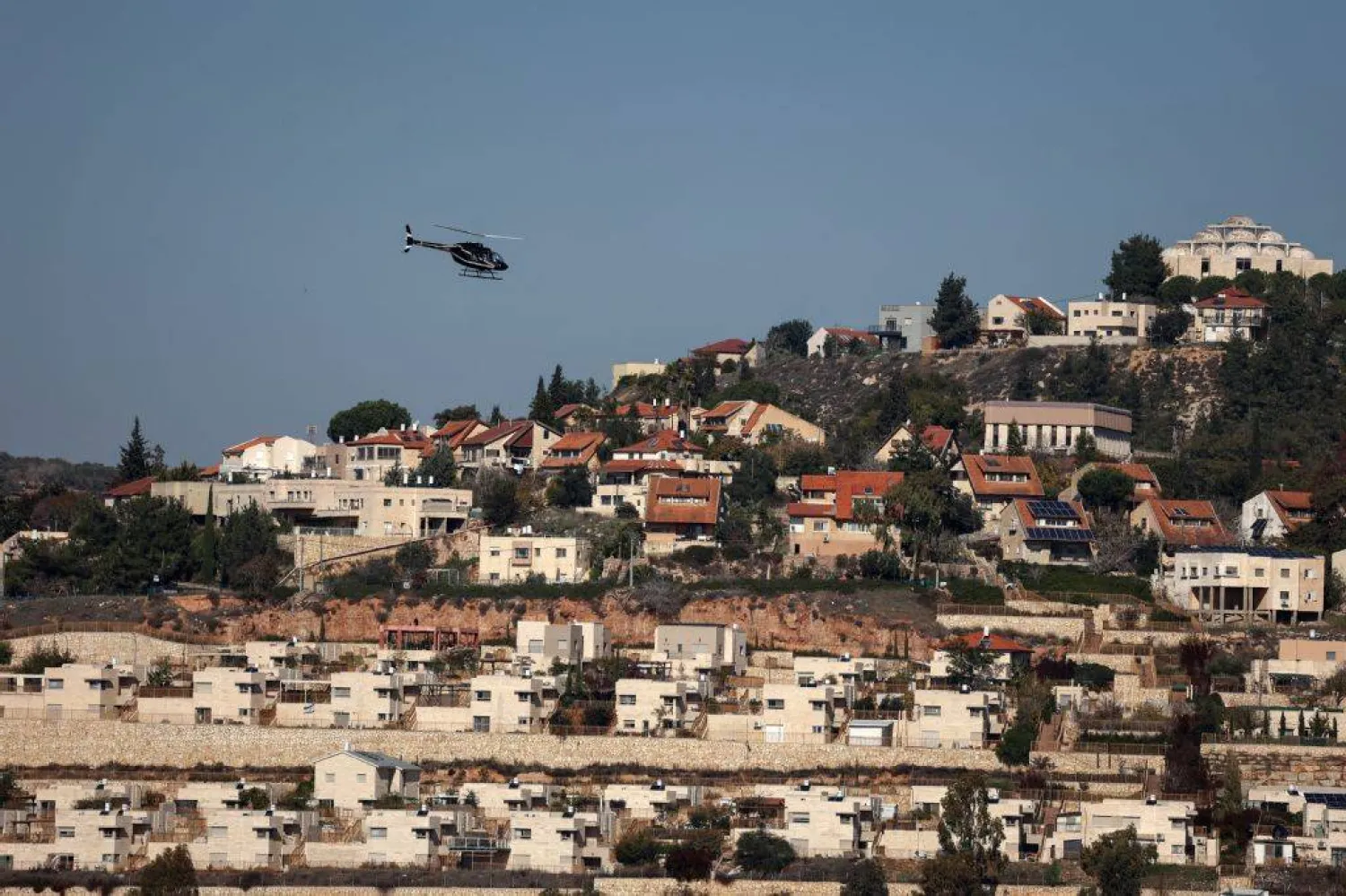UN inspectors visiting southern Libya found drums containing natural uranium reported missing earlier this month in the chaos-stricken country, the UN nuclear watchdog said Saturday.
The International Atomic Energy Agency said earlier this month that some 2.5 tons of natural uranium stored at a site in the southern town of Sabha had gone missing.
Forces of the Libyan commander Khalifa Hafter said they found the missing material close to the storage site, The Associated Press reported.
In a statement to The Associated Press on Saturday, the Vienna-based agency said UN inspectors visited the area on March 21 and saw the material being transferred to the storage site.
UN inspectors found that a “relatively small amount of UOC (Uranium ore concentrate) was still unaccounted for,” it said.
The IAEA said, however, there was no immediate radiological risk at the location.
The statement said investigations were still underway on the matter including reconciling the quantities of natural uranium at the site with those previously verified by the IAEA.
The IAEA said its director-general, Rafael Mariano Grossi, informed member states Friday about the findings of the visit.
Natural uranium cannot immediately be used for energy production or bomb fuel, as the enrichment process typically requires the metal to be converted into a gas, then later spun in centrifuges to reach the levels needed.
But each ton of natural uranium — if obtained by a group with the technological means and resources — can be refined to 5.6 kilograms (12 pounds) of weapons-grade material over time, experts say.
The material dates back to the rule of late Moammar Gadhafi, who stored thousands of barrels of so-called yellowcake uranium for a once-planned uranium conversion facility that was never built in his decades-long secret weapons program.
Estimates put the Libyan stockpile at some 1,000 metric tons of yellowcake uranium under Gadhafi, who declared his nascent nuclear weapons program to the world in 2003 after the US-led invasion of Iraq.
Sabha is located some 660 kilometers (410 miles) southeast of Tripoli, in the country’s lawless southern reaches of the Sahara Desert. Libya has descended into chaos following a NATO-backed uprising that ousted and later killed Gadhafi. The country has for years been split between rival administrations in the east and the west, each backed by armed groups.
Following the IAEA’s revelations in mid-March that some 2.5 tons of natural uranium had gone missing in Libya, Hafter’s forces said they found the drums some 5 kilometers (3 miles) south of the facility.
In a statement, Hafter’s forces claimed that Chadian separatist fighters, who operate in the region, likely attempted to steal the drums after mistaking them for weapons and ammunition. Hafter’s forces provided no evidence for the accusation.









